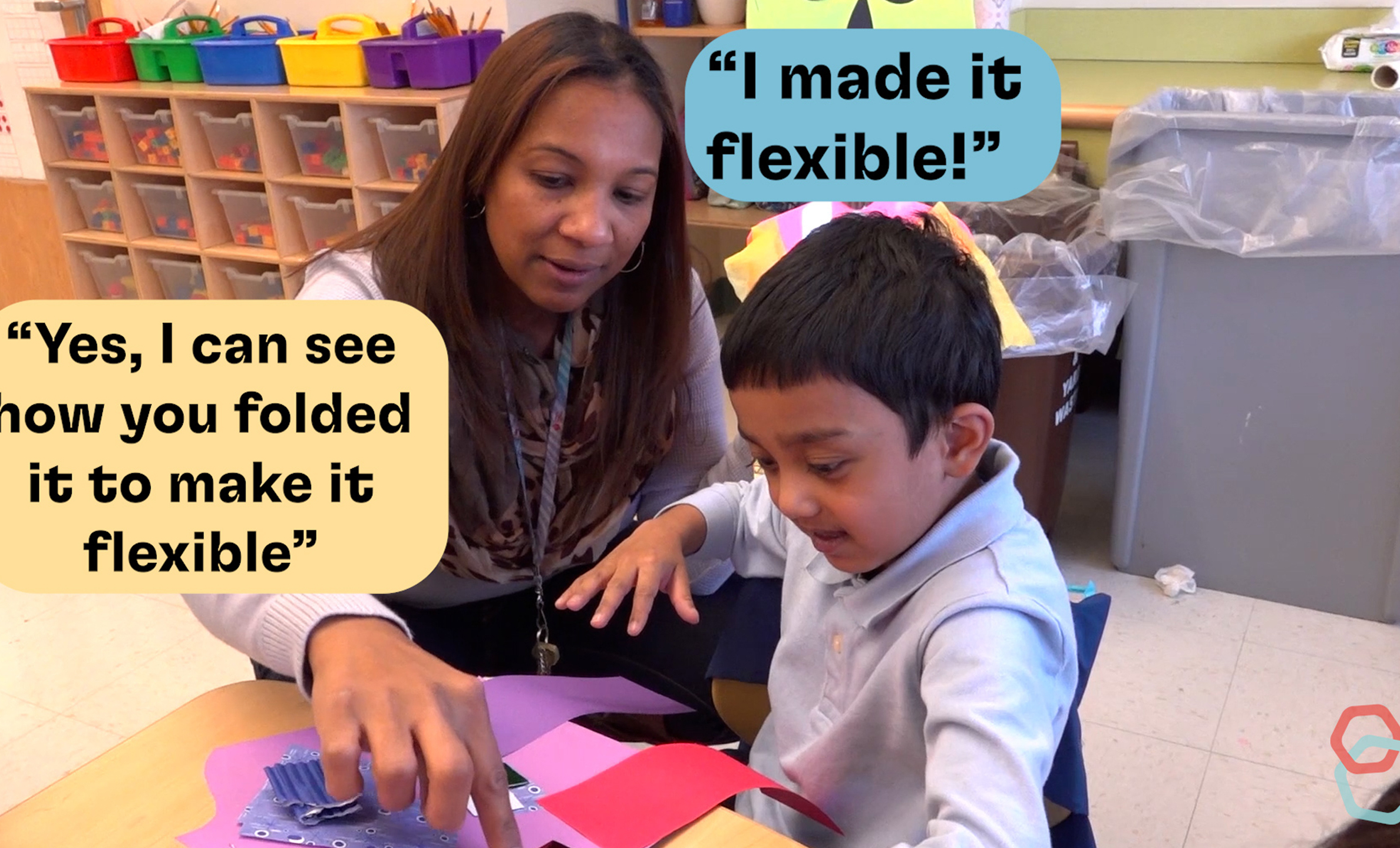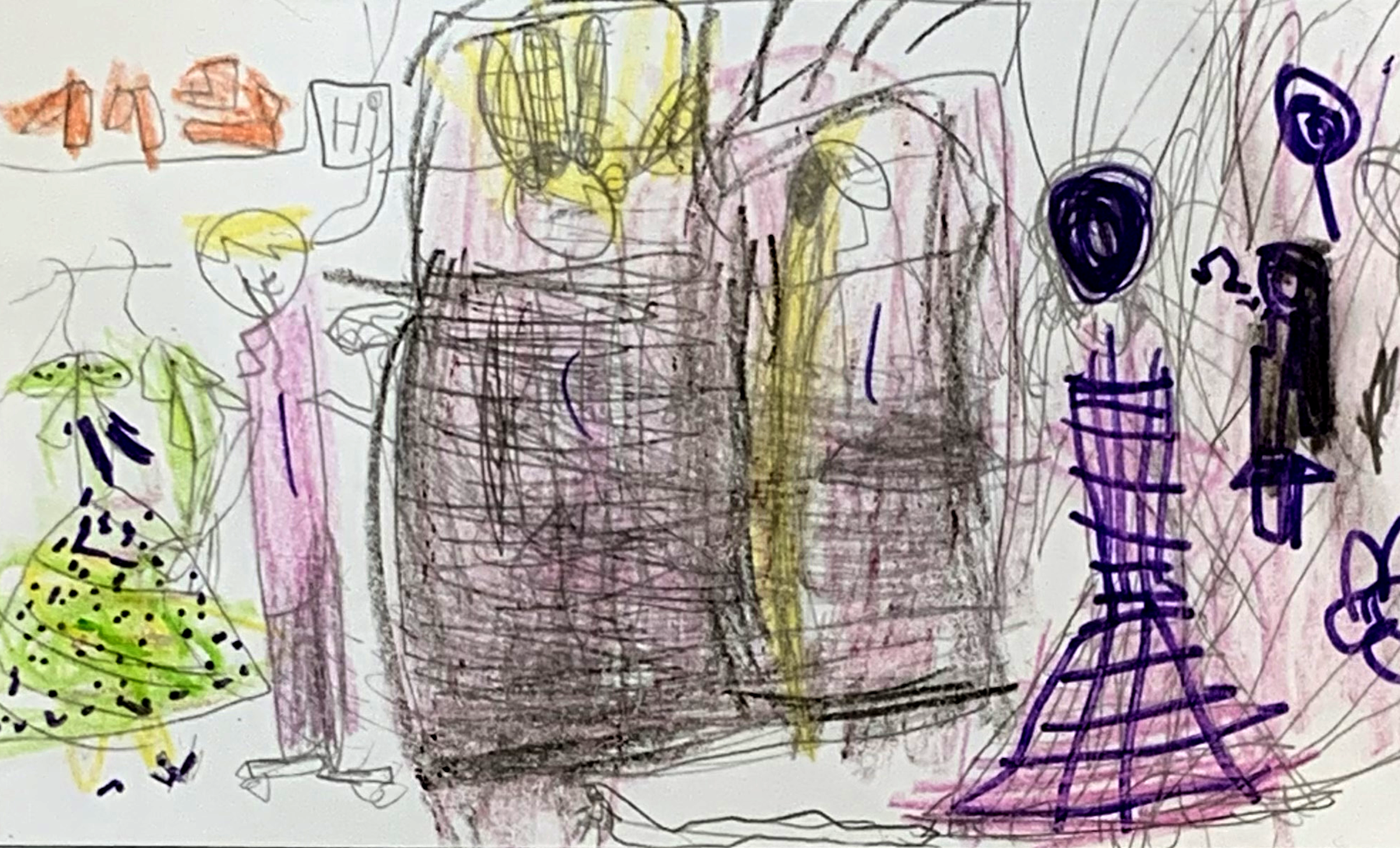The essential ever useful Describing Tool!
Step 1: Prepare a vocabulary Describing Tool. Use one of our tools for drawing or collage, or create your own, using our template. Watch the video above!
Step 2: Decide how you will use it in the classroom: Will you project it, make a chart, or hold it in your hand?


